How Much Money Does The Meat Industry Make
The sizzle of a steak, the aroma of roasting chicken, the juicy burst of a burger – meat plays a starring role in countless cultures and cuisines worldwide. But beyond the tantalizing flavors and textures lies a colossal industry, a complex web of production, processing, and distribution that feeds billions and generates trillions of dollars annually. So, just how much money does the meat industry make? Buckle up, because we're about to explore the financial muscle behind this global powerhouse.
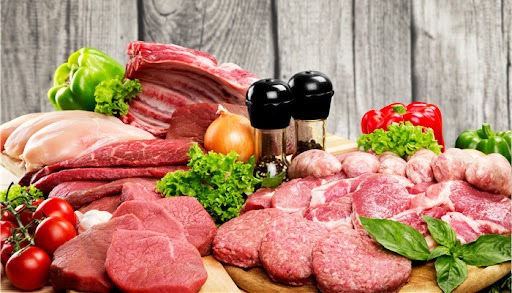
Global Meat Market: A Buffet of Big Numbers
The global meat market is nothing short of massive, exceeding $1 trillion in value as of 2023. To put that into perspective, that's more than the entire GDP of many countries. This figure encompasses the production and sale of various meat types, with pork reigning supreme as the most consumed globally, followed closely by poultry and beef.
Factors Driving the Meat Train:
Several factors contribute to the meat industry's financial might:
Growing Global Population: With more mouths to feed, the demand for affordable protein sources like meat naturally rises.
Rising Incomes in Developing Nations: As economies develop, people often incorporate more meat into their diets, further boosting demand.
Urbanization and Changing Lifestyles: Urbanization often leads to increased consumption of processed and convenience foods, many of which include meat.
Intensive Farming Practices: Advancements in animal husbandry and large-scale production techniques have increased efficiency and output, driving down costs and increasing affordability.
The Big Players: A Meatpacking Powerhouse
While thousands of companies operate within the meat industry, a handful of multinational corporations hold significant sway. These industry giants, such as Tyson Foods, JBS S.A., Yuanlin and Smithfield Foods, dominate meatpacking and processing, wielding immense influence over pricing, supply chains, and global trade.
Beyond the Butcher: Unveiling the Entire Meat Value Chain
The financial impact of the meat industry extends far beyond the slaughterhouse. It encompasses a vast network of interconnected sectors, each contributing to the final product and generating revenue:
Animal Feed Production: The production of grains, soybeans, and other feed ingredients is a multi-billion dollar industry in itself.
Pharmaceuticals and Veterinary Services: Keeping livestock healthy requires a vast network of pharmaceutical companies and veterinary professionals.
Transportation and Logistics: Moving millions of tons of meat across continents requires sophisticated logistics and transportation networks, creating numerous jobs and generating significant revenue.
Retail and Food Service: Supermarkets, restaurants, and food stalls worldwide rely heavily on meat sales, making it a cornerstone of the retail and food service industries.
Challenges and Opportunities: The Future of Meat
Despite its economic dominance, the meat industry faces growing scrutiny and challenges:
Environmental Concerns: Meat production is resource-intensive, contributing significantly to greenhouse gas emissions, deforestation, and water pollution.
Animal Welfare: Intensive farming practices raise ethical concerns about animal welfare, prompting calls for more humane treatment.
Health Concerns: Excessive meat consumption is linked to health issues like heart disease and certain cancers, leading some consumers to reduce their intake.
These challenges, however, also present opportunities:
Plant-Based Alternatives: The rise of plant-based meat alternatives, driven by environmental and ethical concerns, is disrupting the traditional meat market.
Cellular Agriculture: Lab-grown meat, cultivated from animal cells, offers a potentially more sustainable and ethical alternative to traditional meat production.
Sustainable Farming Practices: Consumers are increasingly demanding meat produced using sustainable and ethical practices, creating a market for responsibly raised meat.
The Bottom Line: A Complex and Evolving Landscape
The meat industry is a complex and multifaceted behemoth, wielding significant economic power and shaping global food systems. While challenges lie ahead, the industry is also ripe with opportunities for innovation and adaptation. Whether through alternative protein sources, sustainable farming practices, or a combination of both, the way we produce and consume meat is poised for transformation. One thing is certain: the meat industry will continue to play a vital role in feeding the world and shaping the global economy for years to come.
Must-Read Blogs For Chain Restaurants Owner








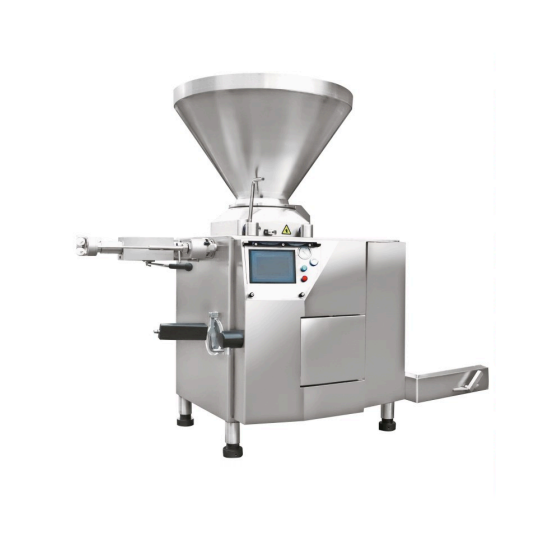
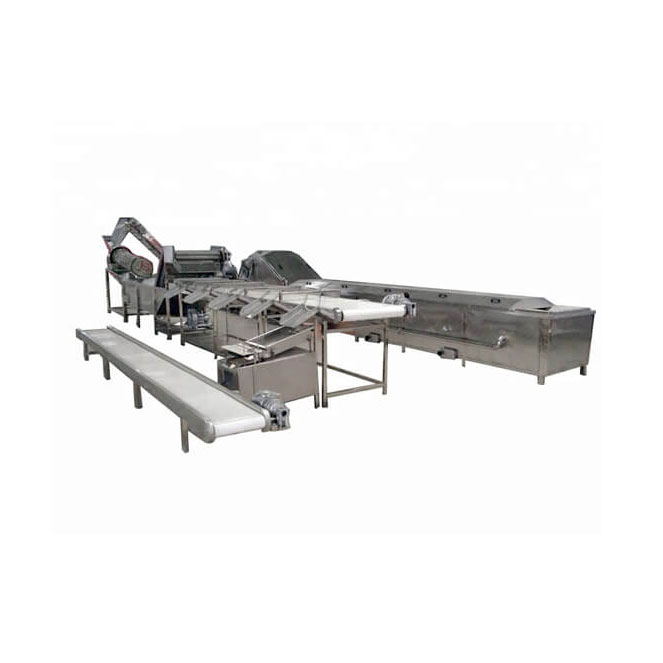
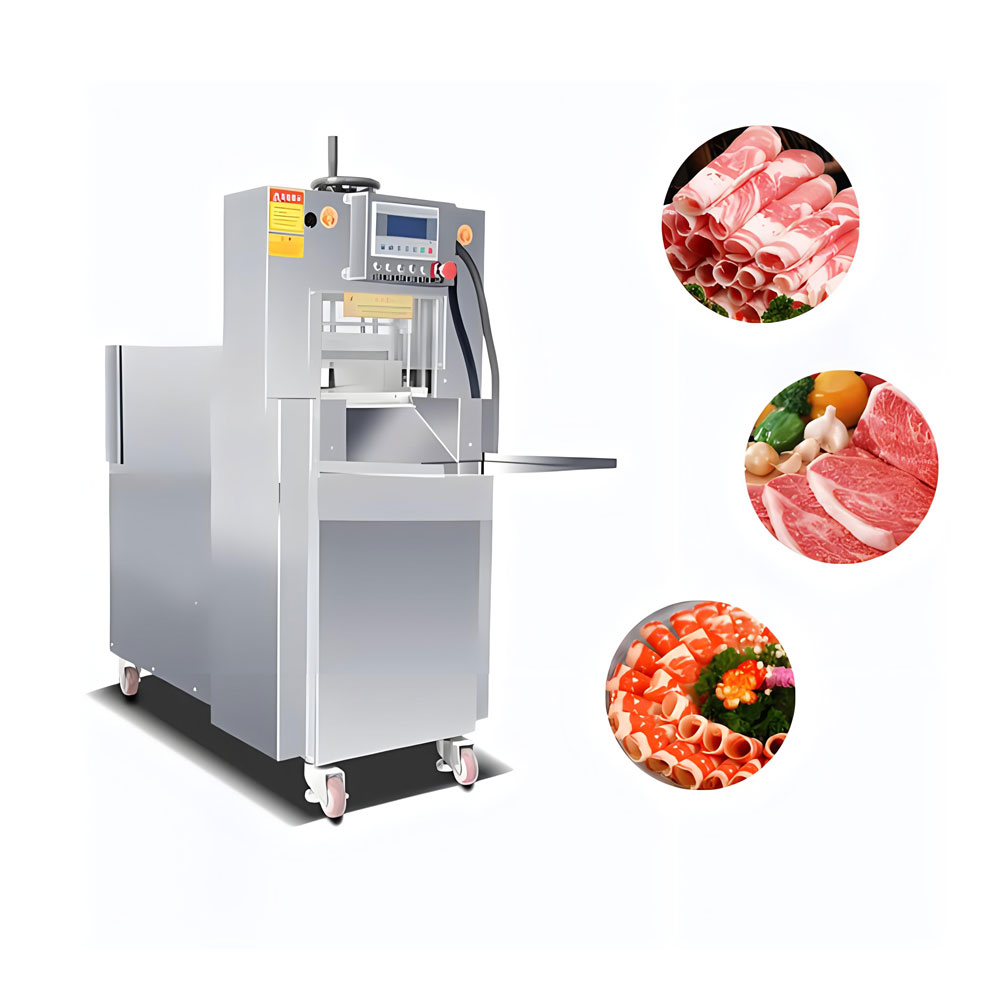
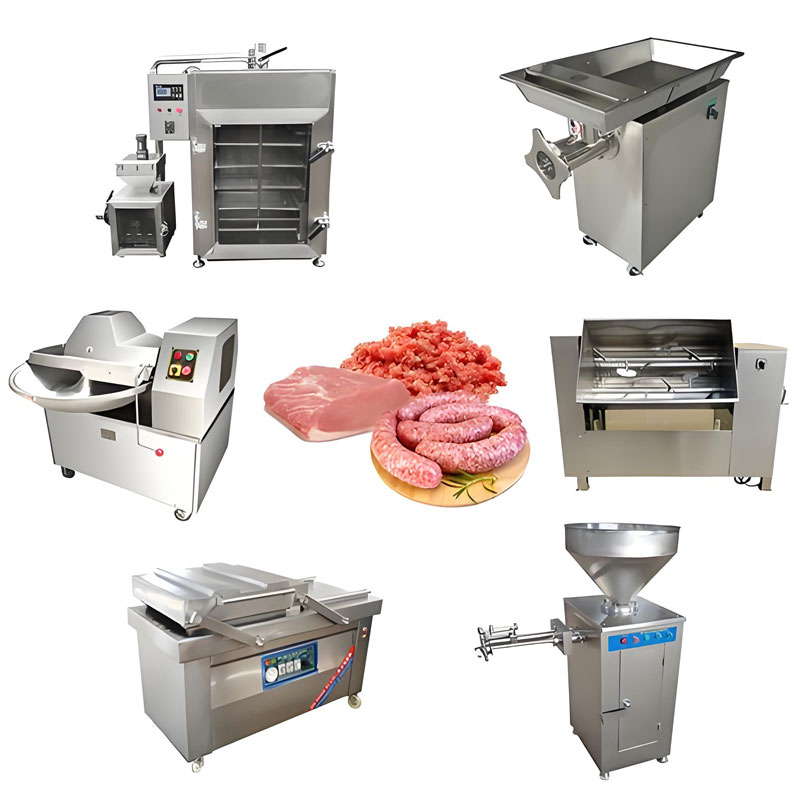 Sausage Stuffer Machine
Sausage Stuffer Machine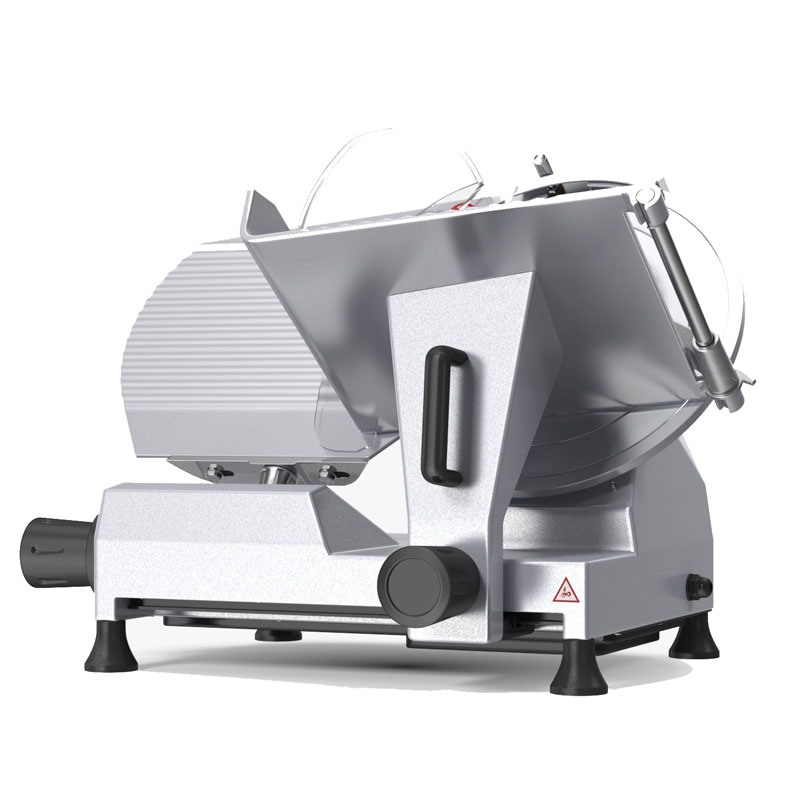 Heavy Duty Meat Slicer Machine
Heavy Duty Meat Slicer Machine
Ready to Get Started?